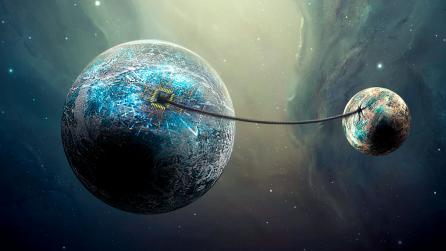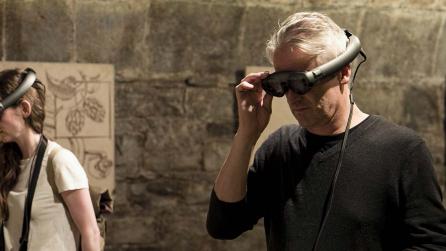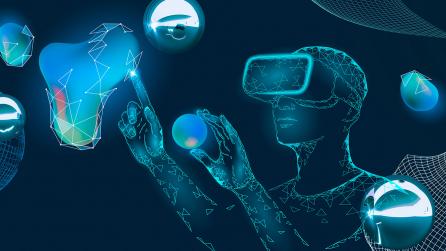A hyperreal history: the evolution of hyperreality
We’ve discussed ‘hyperreality’ in previous articles but, while the technology enabling it is new, the word itself isn’t. In fact, we believe its first use was in 1981 – when Jean Baudrillard, the French sociologist, used it to describe a dystopian future in which we crave reality so much we end up fabricating a false version and consume that as real instead.
Today, the connotations are less philosophical and more about how we meld the real and unreal to create something ‘more real than real’. And that concept can be traced back even further than Baudrillard.
More real than real
Arguably, paintings were the first example of hyperreality in action – there’s even a style called ‘hyperrealism’, where paintings are so intricate they look like photographs. Paintings capture a person or a scene but often use colour or artistry to add a twist to what’s ‘real’.
In the 1800s, Queen Victoria’s portrait artists were famously so frightened of her wrath that they’d paint her in a far more attractive light than the reality they saw in front of them. Unfortunately for her, and no doubt the painters who’d tried to pull the wool over her eyes, too, photography was invented during the same century.
When the inventor Louis Jacques Mandé Daguerre unveiled his daguerreotype – the first commercially successful photographic process – people thought it was magic. A photograph was something nobody had ever seen before, capturing real life in a still image.
Still in the 19th Century, Charles Wheatstone created the Stereoscope. He managed to create a sense of depth and immersion thanks to his understanding that the brain will merge separate two-dimensional images into a single three-dimensional version if viewed side-by-side. The 3D blockbusters we see today work on the same principle, as do many virtual reality (VR) headsets including Google Cardboard.
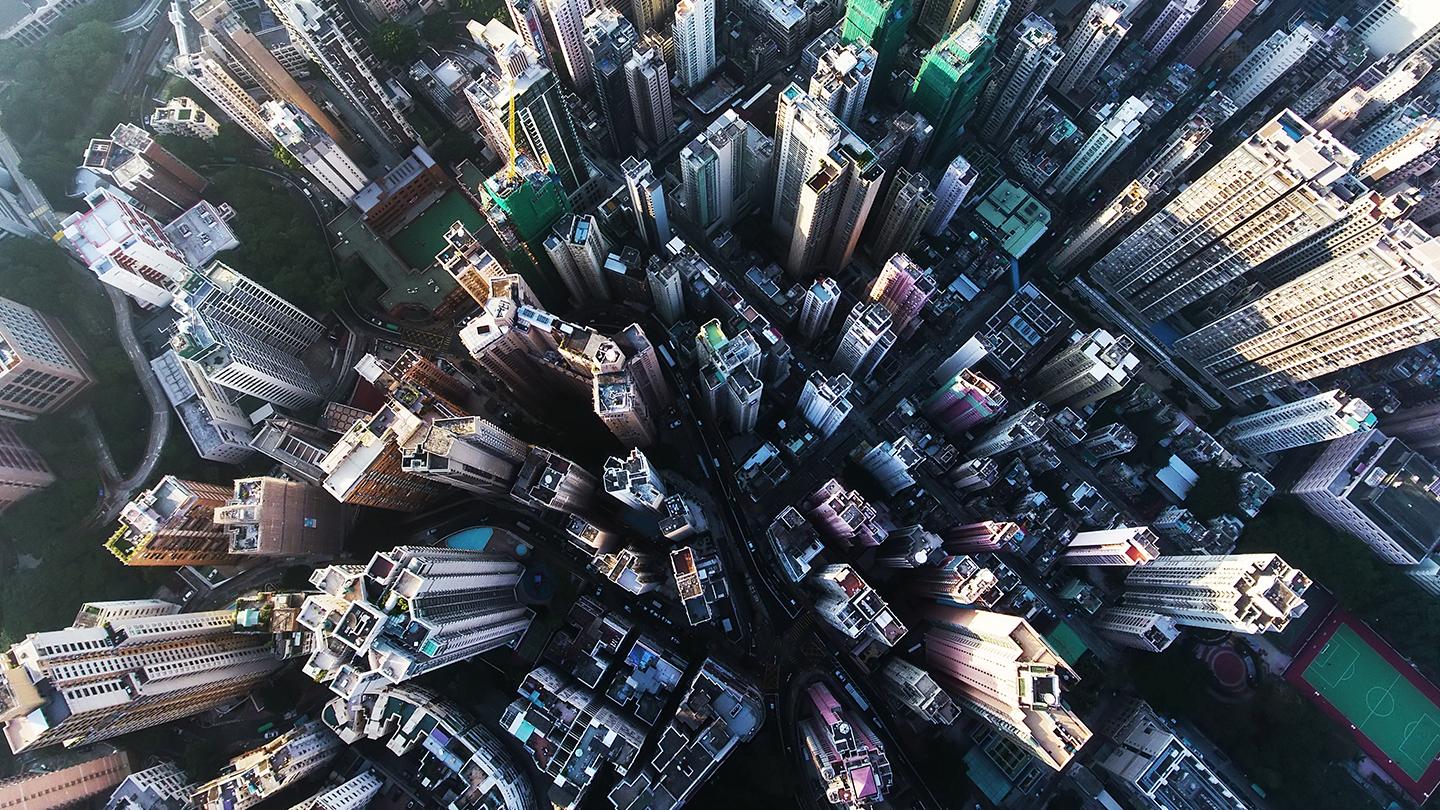
Moving pictures brought hyperreal imagery to life
Soon came moving pictures and the birth of the film industry – widely credited to the Lumière Brothers – before, jumping forward to 1999, The Matrix was released in cinemas and echoed Baudrillard’s dystopian world.
Back in 1926, the first television (or ‘televisor’, as it was known) was invented by John Logie Baird. Like any new technology, TVs began as a luxury for the privileged few but eventually occupied prime position in most living rooms around the Western world.
These incredible little boxes brought video from around the world directly into our homes and we’ve been obsessed with the idea of ‘real’ ever since. There’s a reason reality TV was – and still is – so popular: it’s just like the real lives of its viewers but a more intense, dramatic version.
Hyperreality in the physical world
In the physical world, Walt Disney opened the first Disneyland in California in 1955. An immersive realisation of the hugely popular films Disney was already creating, it brought cartoon characters to life. For its young target audience, this ‘reality’ was indistinguishable from the movies they adored.
For adults, look no further than Soho Farmhouse. The Oxfordshire retreat, by the Soho House group whose members’ clubs are dotted around London, offers a taste of real country living. But it’s better than the real thing – there’s great butter without the need to milk cows; wellies and Barbour jackets but no need to muck out the horses.
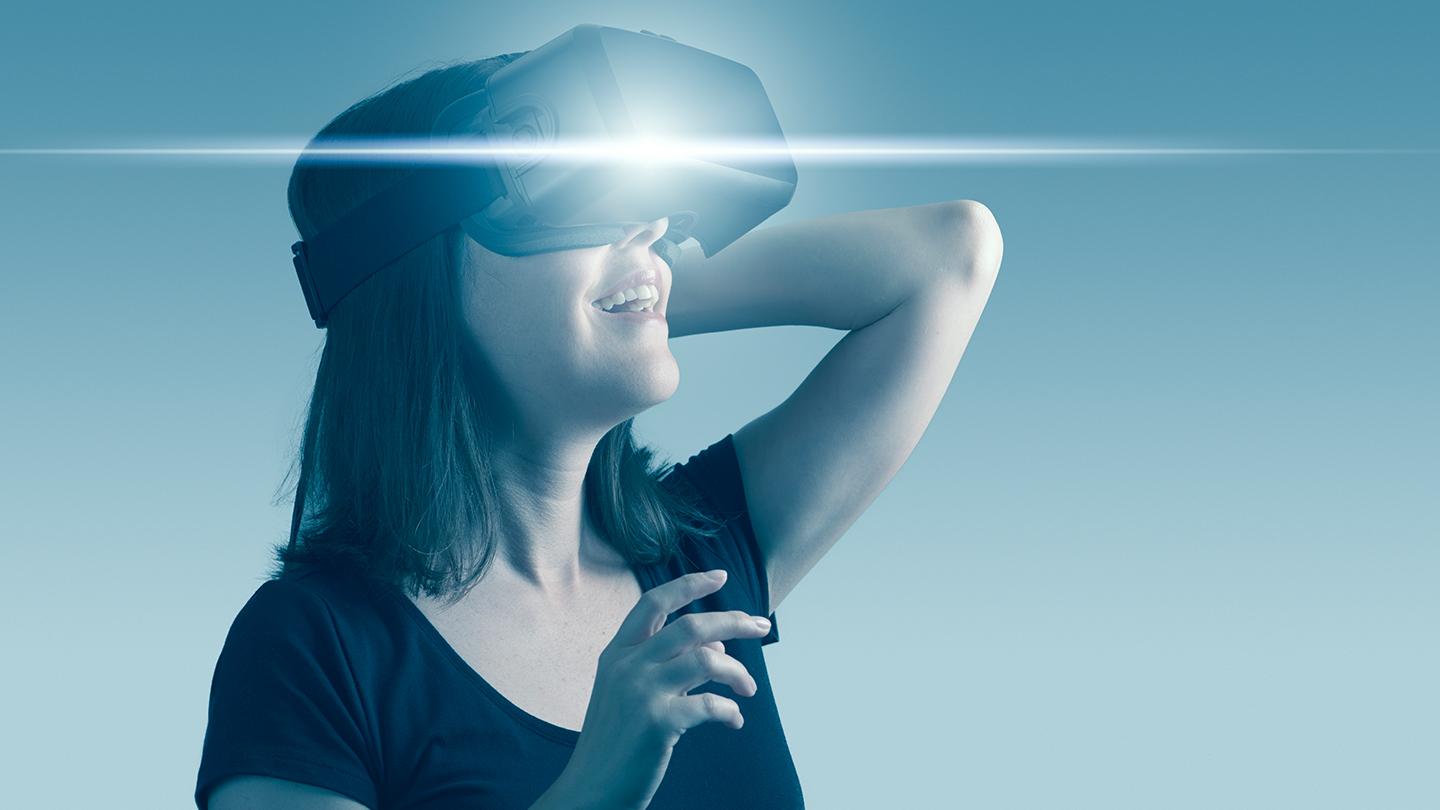
VR and AR lead the way
Of course, the fields of VR and AR (augmented reality) are leading the way in hyperreality. But that journey started decades ago. VR games hit the arcades in the early 90s and SEGA announced a headset for the Megadrive (or Genesis in the US) console in 1993, though this never actually reached stores thanks to a string of problems with the technology. Nintendo’s 1995 Virtual Boy console also failed to catch on. But, thanks to advancements in processing power over the past 20 years, VR is making a big comeback.
AR, long used in the form of heads-up displays (HUDs) in aircraft, struggled to take off commercially as it was always far too expensive for the home. Google announced ‘Project Glass’ in 2012 but faced huge roadblocks in turning the device into something socially acceptable, with privacy concerns topping the agenda.
But 2016’s Pokémon Go showed how a simple application can bring global recognition, and Apple has since announced an AR kit for developers. As we’ve discussed before, the architecture, engineering and construction industries are also finding applications for both AR and VR in a business environment.
Of course, there have been many more steps that have contributed to hyperreality, and there will be many more to come. These incredible rocks rendered by graphic artist Rense de Boer show just what is possible; it is almost impossible for the naked eye to tell them apart from the real deal.
If this article has piqued your interest, why not get an insight into some of the hands-on challenges of creating truly immersive VR productions?
